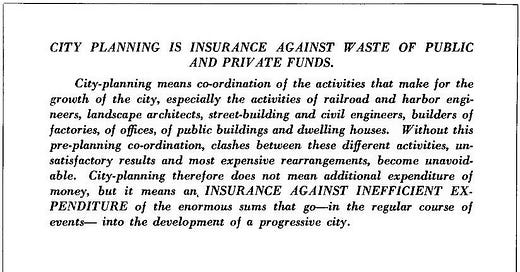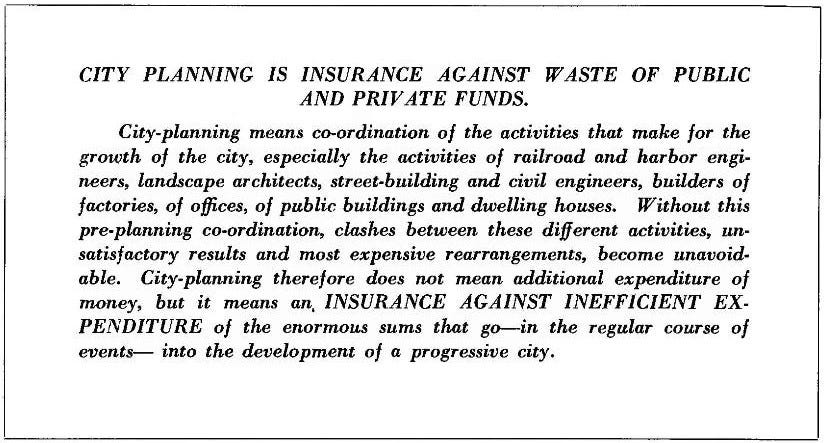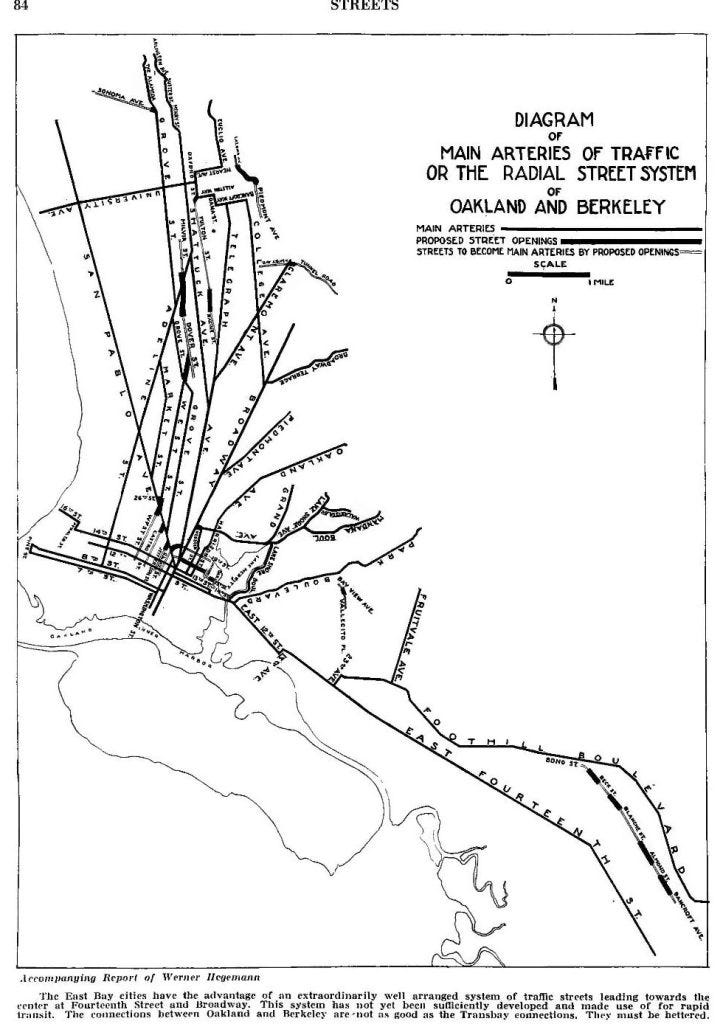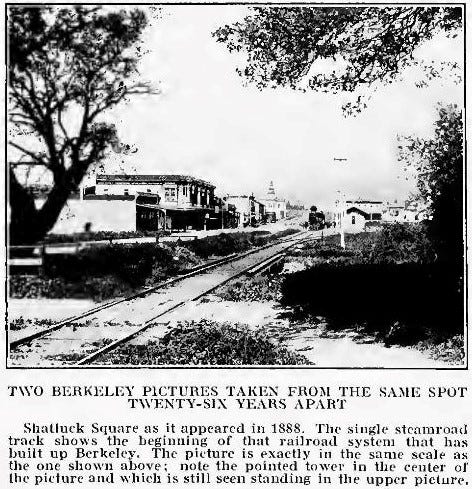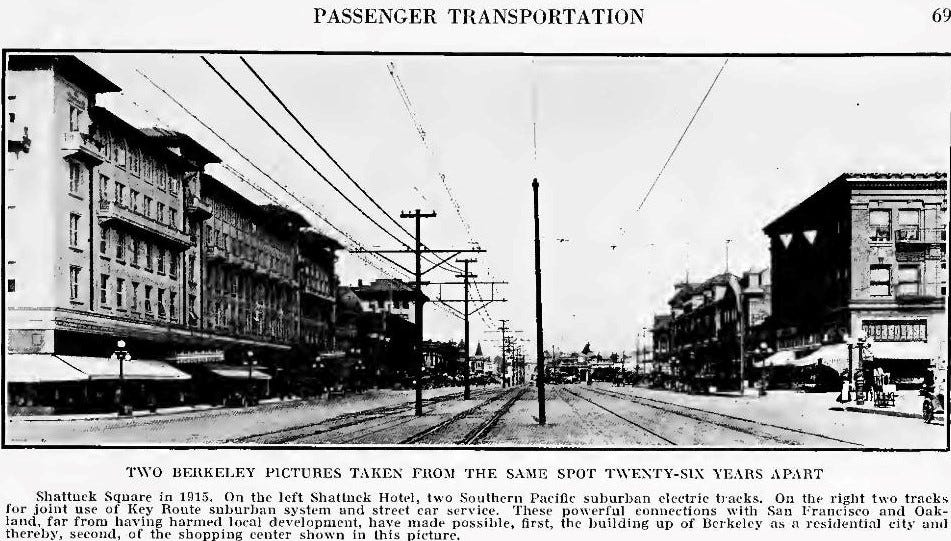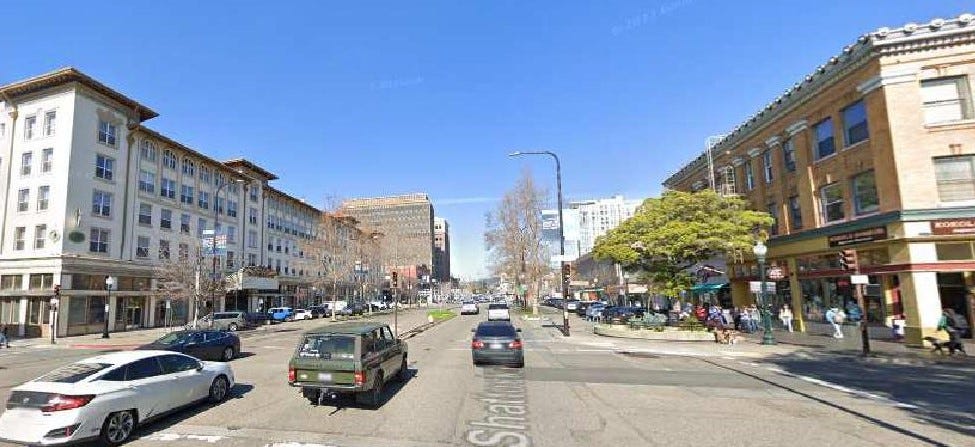1915 City Plan Berkeley: by Werner Hegemann
My notes on Germany 1648 to 1806 , Germany 1800 to 1840s , Waikato the golden age 1840s to 1850s , Waikato 1860s , Gentry & Speculators , The beginning of modern planning: Water, Sewage, Housing, Transport, City Centre, Markets and Zoning, 1890s: Introduction, Dwellings & Lots, Reason for Zoning, Horses, Cyclists & road deaths, York, City beautiful & genesis of motorways, Garden City, Dresden 1903, Chicago 1909, 1910s: Hamilton, Columbus, Rochester and Seattle, Newark,
The purpose of these posts is to understand the early advice expert planners were giving to city leaders.
Werner Hegemann was a lead architect / planner influencer at exhibits in Berlin, Dusseldorf, 1909 Boston, (p.7) and was a friend of Edward M. Bassett, Americas architect on planning laws. (Bassett p.66). Berkeley at the time of this report had a population of between 40,000 and 50,000, it had grown fast, two decades earlier the population had been about 5,000 (wiki). Berkeley has grown to 124,321 people in 2020. ‘The aim of city-planning is to protect the community against the tenement and slum, from the denial of light, sunshine and air, from the short-sighted building of terminal facilities, etc., that soon prove inadequate and impractical for the needs of industry’ (p.8). A year after this report in 1916 Berkeley ‘introduced the first single-family zoning district in the United States’ (Gray p.24). The unnamed page references in this post come from Report on a city plan for the municipalities of Oakland & Berkeley; by Werner Hegemann
Arbitrary Lines: by M. Nolan Gray
Edward Murray Bassett - Autobiography
A city plan should ‘Considered in the following order: The City Economic, the City Recreational and Beautiful; 1. Harbour 2 Railroads 2a Freight 2b Passengers Long Distance Suburban and urban 3 Streets 3a Main traffic streets 3b Business streets 3c Residential streets expensive and inexpensive 4 Parks and Playgrounds 5 Civic Art, Civic Centers’ (p.24). The report does note: ‘Continental capitals have no clearly defined business district, as Angle-Saxon cities have, and the whole make-up of their transportation is therefore quite different’ (p.87).
Zoning - ‘The necessity of restricting the factories to certain areas specially suited for them is equally acknowledged by the manufacturer who does not want to be harassed by complaints and by the home-owner who wants to be protected against smoke, smell, noise, and dust ... factory districts are to be screened off from the residential sections in the east by a chain of parks, parkways, and playgrounds’ (p.61).
Housing and Building Heights – ‘only if [the] height of buildings and width of streets are in proper relation, can sufficient light and air be secured in the buildings. All European cities are very strict on this point. None of the famous European capitals with their millions of population have buildings as high as some of the office buildings in Oakland or Berkeley. Berlin has no office or apartment buildings higher than six stories; no new buildings of this character can be built higher than five stories’ (p.104) Housing – ‘The Majority of the people have comparatively small incomes’ (p.125) for the workingmen are the ‘smallest of lots 25x100 feet [6x30=180m2]’ (p.126) ... ‘Medium priced home lots are fifty feet wide [15.24m] and one hundred and twenty feet deep [36.576m] total [557.4m2] (p121) ... [The] Characteristic East Bay Bungalow [was] ... protected by restrictions for ten years. It fronts on a 60 foot [18.3m] street, of which the roadway constitutes 26 feet [8m] ... The roadway is paved with macadam about 4 inches [100mm] thick’ (p.126)
Playgrounds – 'of high importance, is to have playgrounds within walking distance of every home. ... All schools ought to be surrounded by sufficient play spaces (p.147) ... Berkeley is almost wholly lacking playgrounds. In addition, none of its schools has sufficient play space. Curiously enough the greatest lack of play space is in the higher-class residence districts’ (p.149).
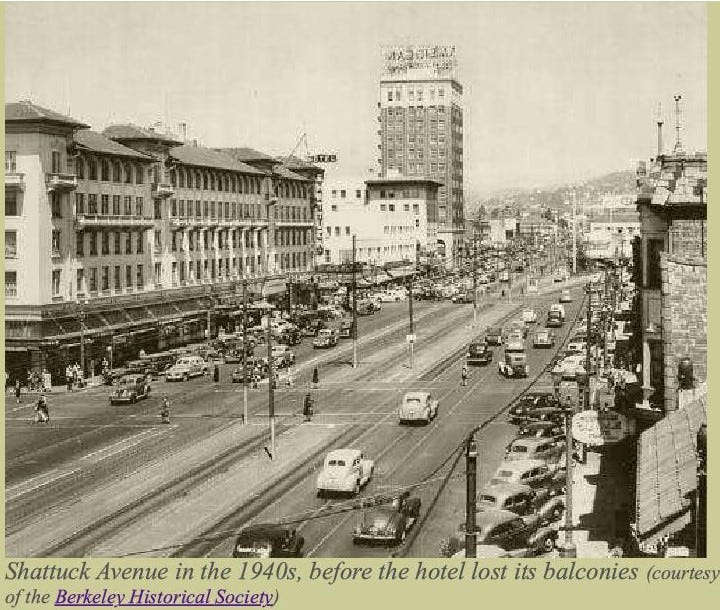
Transport – It needs to be noted Werner Hegemann ‘bought a motorcar and toured the west coast’ (wiki) making him well aware of the needs of a car. ‘It must also be remembered that by far the largest part of this traffic for many years will be handled not in private automobiles nor in subways, but by the means of transportation which, in order to be economic, must be used in common and must avail itself of cheap right-of-way in the open air, light, and sunshine of the streets. The economic means of common transportation for large masses of people is the streetcar ... While the horse team traffic, an inheritance of an older organization of things, is more and more being superseded by direct rail transfers or at least by motor trucks, the automobile traffic is growing rapidly’ (p.86). Parking - 'The problem of the congestion of streets by automobiles standing at the curbs will not be discussed here but the final necessity of municipal garages can hardly be doubted' (p.101).
Road widening – ‘Also the streets on the three sides of the University grounds should be made more impressive avenues. This can be done to some extent by eliminating the sidewalk next to the campus ... throwing the space formerly occupied by the sidewalk into a widened roadway ... There should be no pedantism [caring too much about minor details] about sidewalks, where they are not required’ (p.163).

